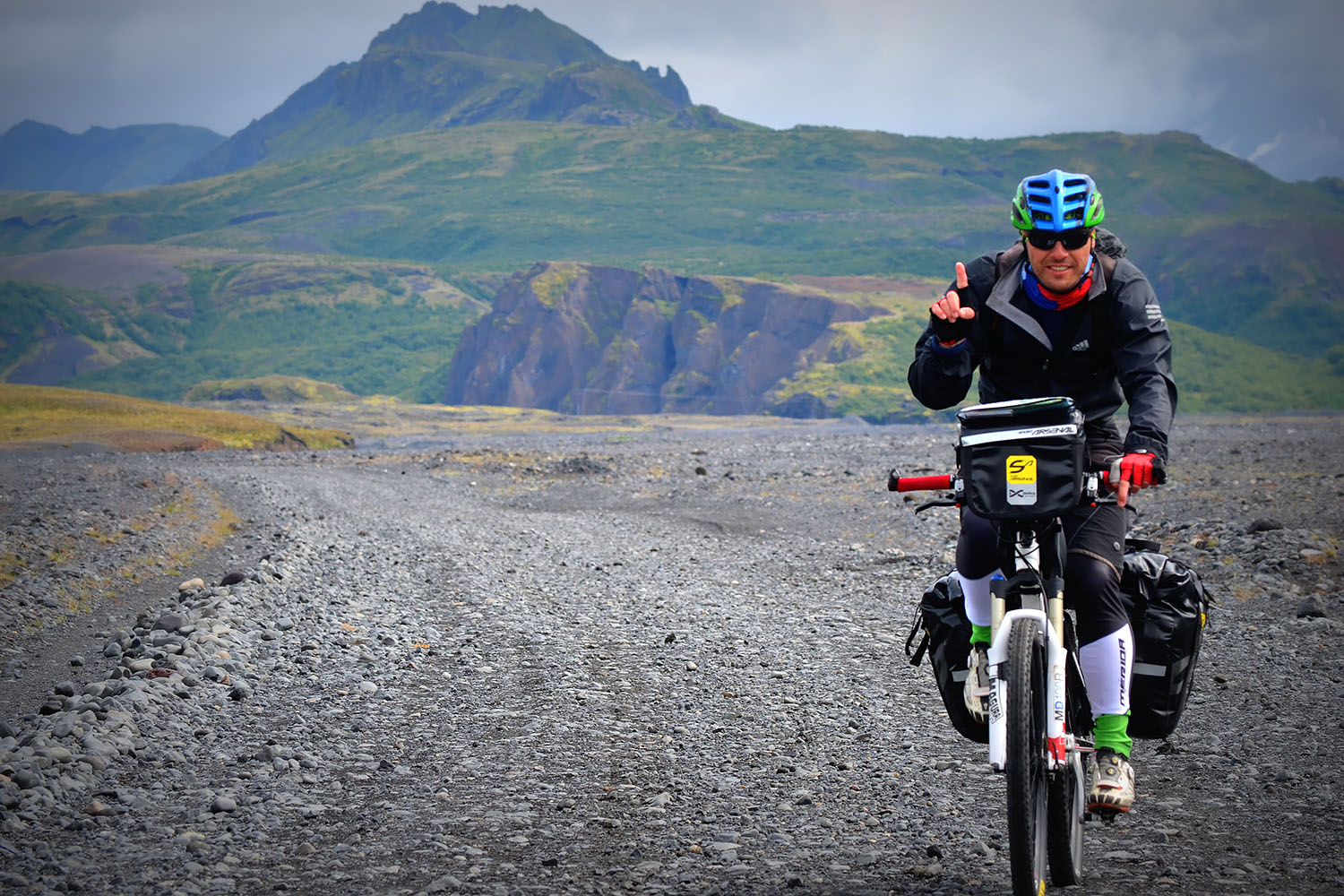Physical activities in natural environments
Movement in fresh air undoubtedly brings along many health benefits. One’s physical activity increases, which puts more strain on the musculoskeletal and other body systems. When exercising in the woods or other kind of greenery, stress levels and mental fatigue decrease. Children who spend more time outside in the countryside are less frequently ill. In the course of school attendance, movement in fresh air is considerably reduced by the morning (but also afternoon) spent in the school building. Integrated field education is considered an effective form of teaching when the content of different school subjects is integrated with outdoor physical activity (i.e. outside the school building).
Hiking, cycling and water sports
In this country, these three are some of the most popular outdoor activities. They represent a set of skills and knowledge related to active movement outdoors including cultural and educational activities. The most widely spread is hiking, which uses the most natural kind of movement - walking - in the form of walks, trips, hikes, long-distance hikes, hiking in stages, etc. It is suitable for any age category if the health, abilities and skills of the participants are taken into consideration.
A more demanding form is hiking in high mountains, which requires good physical fitness, specific knowledge and skills.

Cyclotourism, which combines physical activities with cycling, is becoming more and more popular. The bicycle makes travelling longer distances at a higher speeed possible, but still allows us to take note of the environment intensively.
The cyclist must be able to ride a bicycle in different terrains, be able to fix defects on the bicycle and maintain it in a good technical condition. A bicycle helmet should be an integral part of the cyclist’s equipment.
In summer water tourism (river rafting, windsurfing, paddleboarding, etc.) and in winter tourism connected to skiing and skating are getting more and more popular.
In spring, summer and autumn in-line skating has become a popular parallel to skating on frozen water in winter. It is a complex physical activity in which all body muscles take part and which in terms of difficulty is compared to cycling or running. It is beneficial for body forming purposes and for burning fats. Skaters must be equipped with protective pads and helmets.
Video chapters
- Beginning
- In-line skating
- Cycling
- Water sports